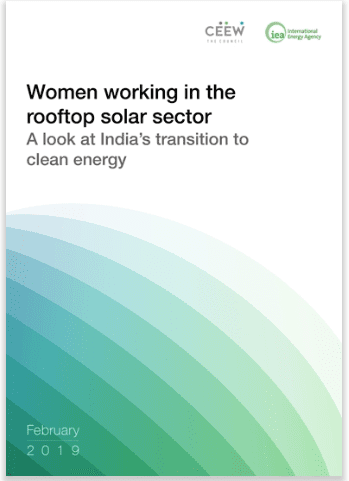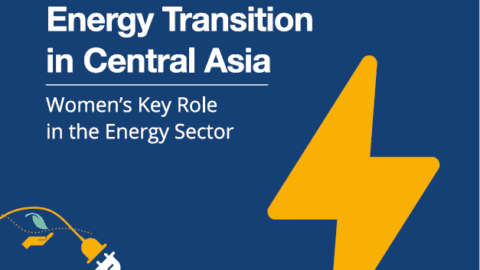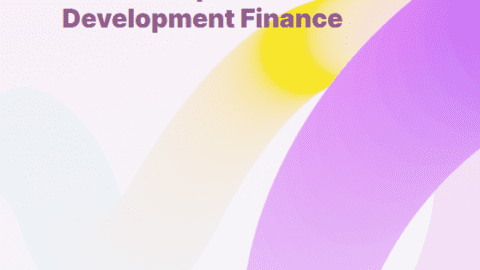The persistence of gender inequalities can be better understood if gender is thought of as an institutionalised system of differences between women and men that advantages men over women (in material resources, power, status, authority, etc.), and which operates as the “invisible hand” to maintain the status quo.
In the context of Agenda 2030, this means that not one SDG can be assumed to be free of the influence of gender on the outcomes of implementation efforts, and, therefore, SDG5 (gender equality and empowerment of women) must not be overlooked in the analyses of interlinkages between different SDGs, as has been the case during the first five years.
Informed by contributions from 47 international academic and development experts from across 14 thematic areas, this report shows that to realise gender equality through the SDGs requires transformation in how gender is understood when SDGs are analysed for implementation, and in particular how SDG5 is treated compared to other SDGs. Examined in this way, the first five years of implementing Agenda 2030 could be summarised as:
- Disappointing in terms of progress on SDG5 and on the gender equality related targets scattered across several other SDGs
- Gender biased in the strategic approaches and analyses used to prioritise Goals and Targets for implementation, e.g. excluding or very narrowly perceiving the influence of SDG5 in the models of SDG interactions
- Oblivious of, or disconnected from gender research and expertise when assessing co-benefits and trade-offs of implementation options, e.g. overlooking the benefits of mainstreaming gender into institutions that are co-operating and partnering for implementation actions
- Not recognising biological (sex) characteristics as an important factor in the maintenance of environmental wellbeing by controlling species reproduction and interspecies dynamics, and overlooking how sex in combination with gender impact on the management of natural environments











